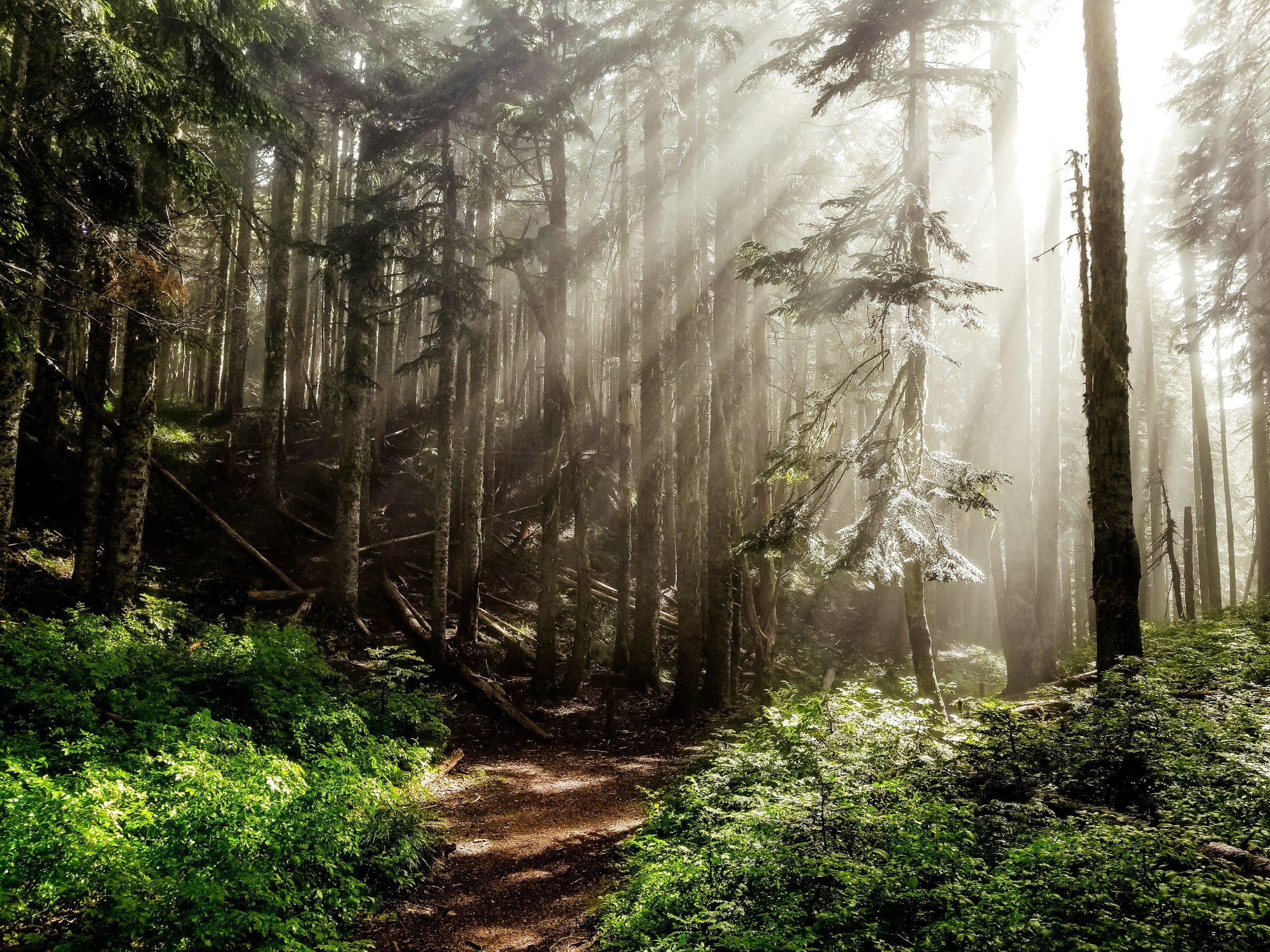
Saved by Citizens - Protected for Generations
The Preserve’s History
The land now known as the Illahee Preserve has deep roots in both natural and human history. Once part of the traditional lands used by the Suquamish and Duwamish peoples, the name “Illahee” comes from the Chinook jargon word for “land” or “place where one resides.” Following the Point Elliott Treaty of 1855, the area became part of U.S. territory, and much of the land was designated as School Trust Land under the Federal Land Ordinance of 1785—intended to fund public education through the sale or lease of parcels.
By the late 1970s, only about 360 acres of forested land remained. The Washington State Department of Natural Resources (DNR) announced plans to log the area and develop it into a high-density residential complex with up to 1,600 housing units, including high-rise buildings. This sparked a passionate community response. Local residents, led by Pat and Margaret Carey, quickly organized letter-writing campaigns, public hearings, and tours to bring awareness to the ecological and community value of the forest. Multiple civic and environmental groups joined the effort, including neighborhood associations, the League of Women Voters, and the Audubon Society.
The campaign to save the Illahee Forest would span more than two decades. Despite repeated attempts by the DNR to log and sell the land, community resistance remained strong. In 2001, their persistence was rewarded. Through the Washington State Trust Land Transfer Program, Kitsap County—working with legislators, state officials, and citizen advocates—successfully acquired 352 acres of the Illahee Trust Land for conservation. The $5 million purchase protected the forest and its salmon-bearing stream, Illahee Creek, from permanent development.
In 2003, the Illahee Forest Preserve nonprofit organization was formed to support stewardship and public involvement. A citizen-appointed Stewardship Committee developed the first master plan for the Preserve, emphasizing preservation, recreation, education, and habitat restoration. Early volunteer efforts focused on removing trash, abandoned vehicles, and unauthorized activity, while also protecting sensitive areas and old-growth stands.
Today, the Illahee Forest Preserve stands as one of Kitsap County’s most ecologically significant public spaces—nearly 600 acres of mature forest and watershed habitat in the heart of East Bremerton. What began as a grassroots effort to stop a development has evolved into a model of community-based conservation, ensuring that future generations can enjoy the forest's beauty, biodiversity, and quiet refuge.